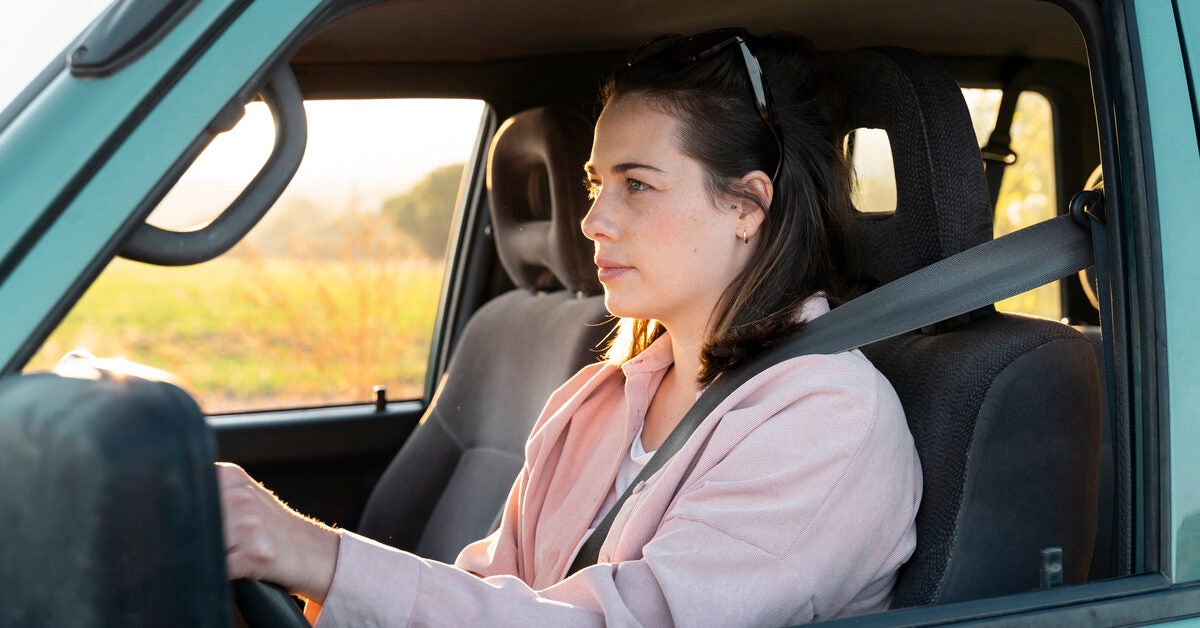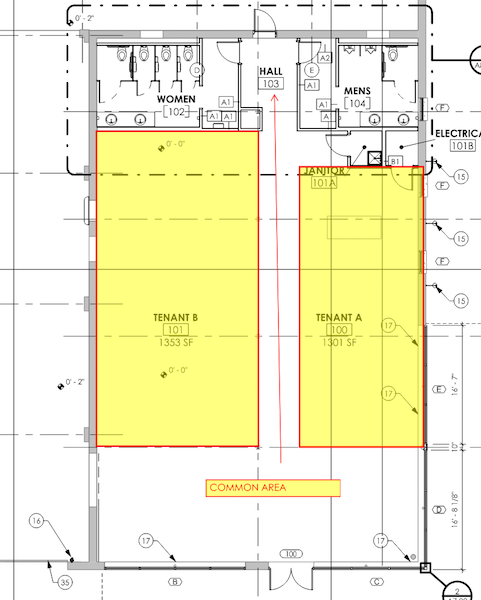
Some people are born with one eye. Others may lose an eye later on in life, or lose vision in one eye due to a health condition. This is known as monocular vision loss.
Monocular vision loss can be caused by:
If you only have vision in one eye, you can still drive a noncommercial vehicle in all 50 states and the District of Columbia.
However, to drive a noncommercial vehicle, you must still pass an eye exam, and prove that you have adequate peripheral vision for driving.
In some instances, you may also be able to operate a commercial vehicle, such as a truck.
To drive safely, you must:
- judge distances accurately
- track moving objects
- have adequate depth perception
Losing vision in one eye may compromise these skills, and the ability to use them automatically.
Lack of depth perception can make it hard to judge how far your car is from another car or from pedestrians. It can also make it harder for you to park.
People who grow up with vision in one eye can often judge distance and depth almost as well as a person with vision in both eyes.
If you lose vision in one eye as an adult you, may find it harder to drive, especially at first. If so, you may benefit from working with an occupational therapist or a vision rehabilitation therapist.
With training and practice, many people find that driving and parking are possible and safe.
With persistence and time, you can train your eye to do much of the work that both eyes did before. Learning how to effectively use side-to-side head movements can also help significantly.
The type of car you drive can also affect your ability to drive safely. Smaller cars may be more challenging to drive than large ones with big rear windows. Vehicle blind spots that are difficult to see in rear or side mirrors may look larger.
Some car designs produce less blind spots than others. You may have to test drive several models before you find the type that you feel safest in.
Every state in the Unites States allows people with vision in one eye to drive, provided they have a horizontal field of vision that meets specific criteria.
You may have to prove your vision criteria by taking a vision test or by obtaining a doctor’s authorization indicating that you see well enough to drive.
In some instances, requirements or restrictions may be put on your license. These may be based on the:
- area
- daylight
- speed
You may also be required to have a rear vision mirror on the side of your blind eye, or outside mirrors on both sides of your car at all times.
For more information, check with the DMV (Department of Motor Vehicles) in your state.
Monocular vision loss reduces your horizontal visual field and peripheral vision. This can make it hard to navigate crowds while walking.
Daily living tasks, such as pouring liquid into a glass or grasping objects may also be challenging, especially at first.
If you work with hazardous machinery or farm equipment, you may need a period of adjustment and training before you can safely do your job.
Driving can be challenging, especially at night or in bad weather. Even if you are comfortable behind the wheel, it may be harder to drive when you are tired.
A 2008 study showed that sleep deprivation affects peripheral vision. The following conditions also affect peripheral vision:
- glaucoma
- stroke
- diabetic eye disease
Some people with monocular vision loss may also find parallel and reverse parking challenging.
Some ways to maintain safety on the road include:
- Stay within the speed limit.
- Use visual cues, such as road stripes and landmarks, to help you gage distance.
- Keep a significant distance between yourself and the car in front of you.
- Only drive when you feel alert and well rested.
- Avoid driving in torrential rain or heavy snow.
- Rely on blind spot mirrors.
- Increase your range of vision by using side-to-side head movements.
People with monocular vision can legally drive in all 50 states and in the District of Columbia.
If you lose vision in one eye as an adult, you may benefit from visual training activities with an occupational therapist.
Learning or relearning to drive with monocular vision is possible. Relying on blind spot mirrors and driving safely and conscientiously may help assure your mental comfort and physical safety while on the road.
March 02, 2021 at 12:40AM
https://ift.tt/3b5kx1V
Can You Drive with One Eye? Limitations and Safety - Healthline
https://ift.tt/3d5QSDO

No comments:
Post a Comment